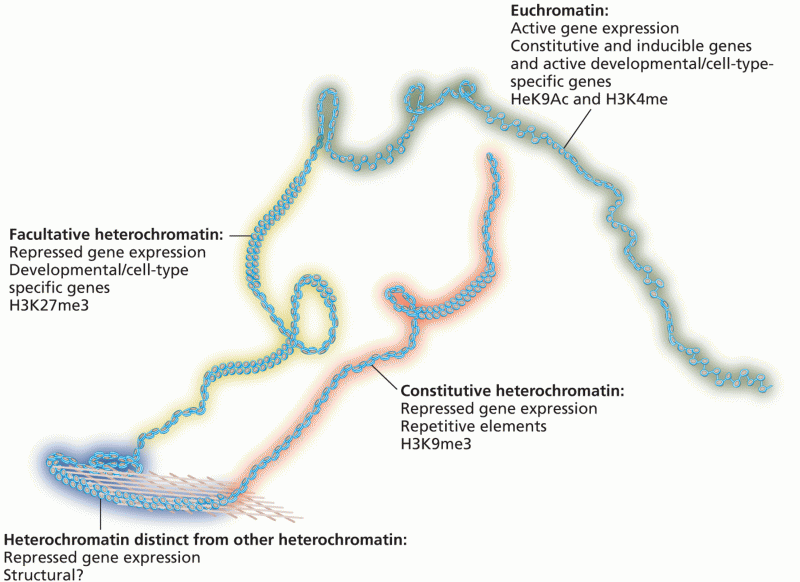|
|
|
In the United States, congenital cytomegalovirus causes one child to become disabled almost every hour. CMV is the leading preventable viral cause of development disability in newborns. These disabilities include hearing or vision loss, and cerebral palsy.
When taking monoamine oxidase inhibitors, people should avoid a variety of foods, which include alcoholic beverages, bean curd, broad (fava) bean pods, cheese, fish, ginseng, protein extracts, meat, sauerkraut, shrimp paste, soups, and yeast.
The calories found in one piece of cherry cheesecake could light a 60-watt light bulb for 1.5 hours.
Eat fiber! A diet high in fiber can help lower cholesterol levels by as much as 10%.
In 1844, Charles Goodyear obtained the first patent for a rubber condom.






